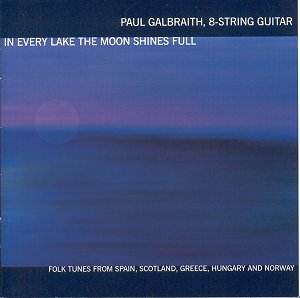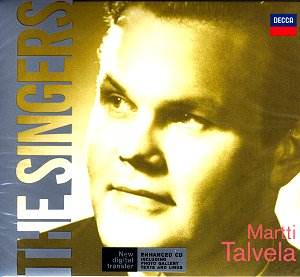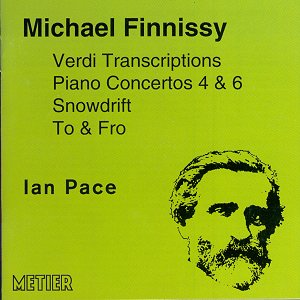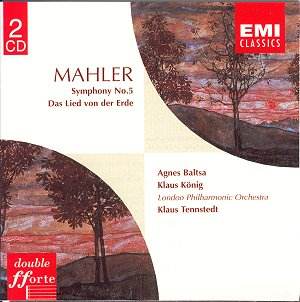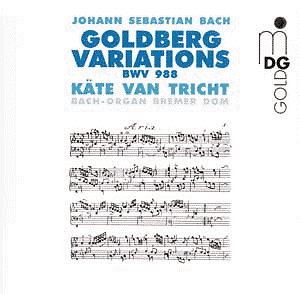 Composer: Johann Sebastian Bach
Composer: Johann Sebastian Bach
Works: Goldberg Variations, BWV 988
Performers: Käte van Trich, organ
Recording: December 1990
Label: MDG
Bach’s Goldberg Variations, composed in 1741, are often regarded as one of the pinnacles of the keyboard repertoire, showcasing the composer’s extraordinary contrapuntal skill and emotional depth. Initially crafted for harpsichord, the variations unfold within a framework of a gentle aria followed by 30 variations, each imbued with distinct character and technical demands. Käte van Trich’s recording of this iconic work on the organ offers a rare perspective, but it ultimately raises questions about the appropriateness of the instrument for conveying Bach’s intentions.
From the outset, Trich’s interpretation projects a sense of solemnity, yet this approach feels disproportionately heavy for a work that thrives on delicacy and nuanced articulation. The organ’s inherent sustain can obscure the intricate textures that Bach meticulously crafted. For instance, the opening aria suffers; its ethereal quality becomes burdened, lacking the buoyancy one expects when rendered on a harpsichord or even a piano. The long decay of the organ’s sound makes the subtle inflections of the melody feel cumbersome, as if they are mired in a thick fog rather than illuminated by clear, vibrant light.
The choice of tempo throughout the recording is particularly troubling. Trich’s slower interpretations of several variations, including the lively third variation, seem to drain vitality from the music. This variation, typically characterized by its spirited drive, is rendered more akin to an organ chorale, where the bass line dominates, overshadowing the treble with its weighty resonance. The first few measures of the 11th variation, which should cascade joyously, instead become muddied within the lush organ texture, losing the scintillating interplay that makes them so captivating.
Despite these shortcomings, the recording does achieve clarity, with the engineering providing a well-balanced sound that allows for distinct registration changes. However, even with careful attention to color and registration, the organ’s limitations become apparent. The instrument’s capacity for dynamic shading is vastly inferior to that of more suitable keyboard instruments, which can illuminate the variations’ dynamic contrasts. The result is a performance that, while technically proficient, fails to capture the essence of Bach’s genius.
As a curiosity, Trich’s recording of the Goldberg Variations for organ contributes to a scant collection of such interpretations. Yet, it serves to highlight why this work is seldom performed on the organ. The idiosyncrasies of the instrument render the music less effective, illustrating a fundamental mismatch between Bach’s intricate writing and the organ’s capabilities. Fans of organ music may find interest in this recording, but it ultimately lacks the vibrancy and intellectual engagement that have propelled other interpretations into the realm of excellence.
